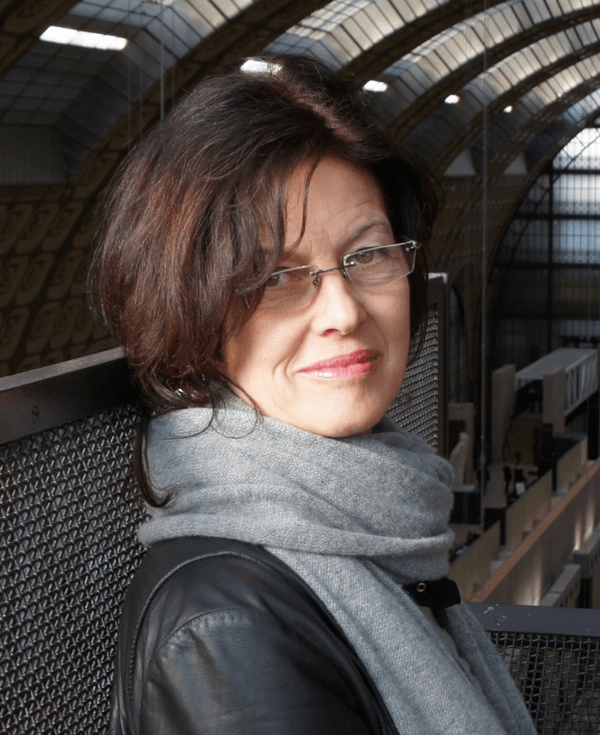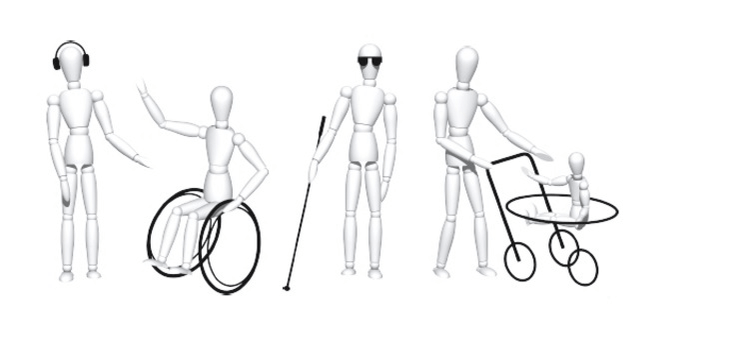
Berlin has the ambition to become a world-class example of a ‘barrier-free city’. It has compiled a series of planning guidebooks and developed a tactile scale model of the city for visitors and citizens alike.
The two manuals, ‘Berlin Design for All’, provide experts and planners with a set of requirements and planning principles to help create a barrier-free city. One manual is dedicated to publicly-accessible buildings and the other to publicly-accessible free spaces, and both are intended to complement existing laws, regulations and technical requirements. It is now mandatory to use the manuals for the design and construction of all state buildings in Berlin. The team developing the manuals worked closely with a number of affected individuals to ensure they really do provide guidelines which respond to the needs of the visually impaired and less able.
While the manuals are aimed at professionals – architects and urban planners – an exhibition opened to raise awareness amongst the public of the importance of a barrier-free city. It consists of a scale plan of the city constructed in a specially-developed sand and plastic material which is both tactile and hygienic. Residents and visitors alike can explore the city on a tactile model using their senses, with important landmarks picked out in 1:200 scale. To provide a global overview, a relief map in 1:10,000 scale including Berlin's district borders, open areas, water areas and water courses has been added.
Since its reunification in 1990, Berlin is pursuing a policy of accessibility. Due to population ageing, the proportion of people with disabilities is expected to rise in Germany and the need to achieve more accessibility in the city of Berlin is becoming ever more pressing. The first guide 'Barrier-Free Planning and Construction in Berlin - Public Buildings' was published in 2007 by the Berlin Senate Department for Urban Development and the Environment. The second edition of this planning guide for barrier-free construction, the 'Design for all' guides, were released in November 2011 and March 2013 to include international codes and legal regulations.
The new guides reprensent a paradigm shift from a ‘deficit approach’ to a ‘diversity approach’. Their objective is to mainstream the 'Design for all approach' in every stage of the planning and construction process to achieve barrier-free use of public and publicly funded buildings and grounds in Berlin. Barrier-free planning and construction is defined in the Berlin-Design for all guides as the objective of "designing public spaces and buildings that are safe and enjoyable for everyone, including people who have disabilities". Fulfilling this purpose is a complex task that requires more than a legal framework. Both guides represent a comprehensive approach to barrier-free construction and provide concrete guidelines to the planning process. By means of those guides, Berlin intends to make a substantial contribution to the implementation of the United Nations Convention on the Rights of Persons with Disabilities, or the UN Disability Convention.
In turn, the purpose of the exhibition - a tactil scale model of the city - is to inable citizens to understand the urban environment and to familiarise themselves with the city’s structures and layout under the principle of ‘Design for all’.
The 'Barrier-Free Construction' coordinating office at the Berlin Senate Department for Urban Developmentand Environment offers its expertise in barrier-free planning and construction to professionals. Through its working group ‘Barrier-Free Construction and Transportation’ which is active since 2001, Berlin has built a network of experts, advisory organisations and representatives of the people affected who collaborate with the coordinatong office to provide advice and assistance to many new construction projects. In addition to the Design for all guides, the Berlin Senate Department for Urban Development and the Environment published in 2015 the 'Barrier-Free Concept' Instructions - Accessible Public Buildings. The assistance provided in this manual is in line with the planning stages of a public construction project, defining the "WHO does WHAT and WHEN" in a barrier-free planning process.
The 3-D city model is on permanent display at the Senate department for urban development and the environment in central Berlin. The city has made use of Radio Frequency Identification technology (RFID) and Personal Digital Assistants (PDA) to provide audible information on 150 points of interest within the city model in order to better communicate the city’s characteristics with visitors. As with the manuals, the model was designed in collaboration with affected individuals, who acted as a consulting body to the development team. Some 200 students from Berlin Technical University also participated in the development process, during which the precise dimensions of the model were determined, financing was secured and the material was created.
The manuals and models were both financed through the Senate department for urban development and environment’s budget. The cost of the models was €134,000, including a 2011 upgrade and the standalone models. The cost of the manuals was €79,000 including content creation, design and translation.
One challenge linked to barrier-free construction is the preservation of historic structures. An individualised approach to each specific case helps to reconcile the necessity to preserve historical structures with the aim of responding the needs of the public.
Barrier-free construction requires the full commitment of every partner. The manuals aren't conceived as a substitute for timely discussions with citizens and expert groups at an early stage of a building project. Instead, "early cooperation is the best guarantee of a comprehensive barrier-free design that will function down to the last detail and avoid the added costs of retrospective improvements", Berlin-Design for all / Accessible Public Buildings manual, General remarks, p.6.
Berlin’s influence has already spread further afield. The handbooks have been translated into English as well as into Russian by Moscow city council which intends to use them for the barrier-free transformation of the city. A dedicated website supports the dissemination of barrier-free concepts, providing an interactive platform where interested parties can share ideas, collaborate and exchange knowledge. The manuals are also available for download from the city’s website (see the links below).
- Cities in action - Grasping Berlin; Shaping Berlin, Making Berlin accessible to all - EUROCITIES, April 2013.
- Barrier-Free Construction, Berlin Senate Department for Urban Development and the Environment: http://www.stadtentwicklung.berlin.de/bauen/barrierefreies_bauen/index_en.shtml
- Cultural Heritage and Barrier-free Accessibility / Guideline and Student Projects, Beiträge zur Denkmalpflege, Heft 43 (english version), Landesdenkmalamt Berlin, Berlin, 1st edition 2015: http://www.stadtentwicklung.berlin.de/denkmal/landesdenkmalamt/download/neuerscheinungen/CulturalHeritage_and_Barrier-free_en.pdf
External links / documents
Related case studies
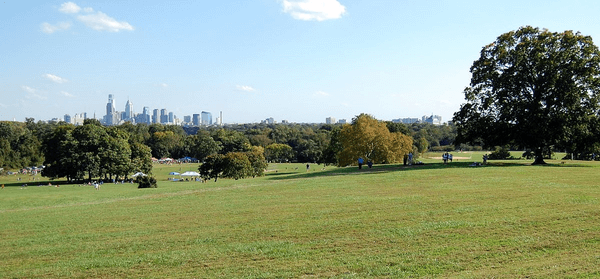
Philadelphia, United States
FastFWD: bringing innovation to government proc...
Philadelphia’s FastFWD program provides a path for creative entrepreneurs to partner with government in tackling urban issues affecting the city.
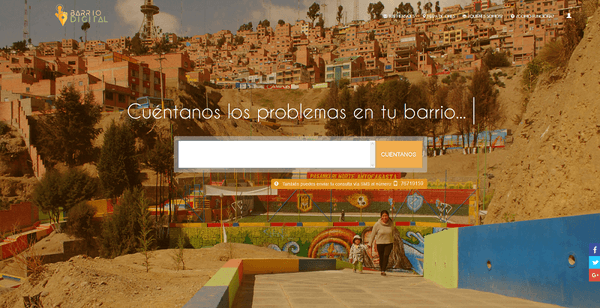
La Paz, Bolivia
Barrio Digital
Barrio Digital allows citizens to send real-time feedback, complaints and requests to the municipal government from their mobile phones or via the internet.
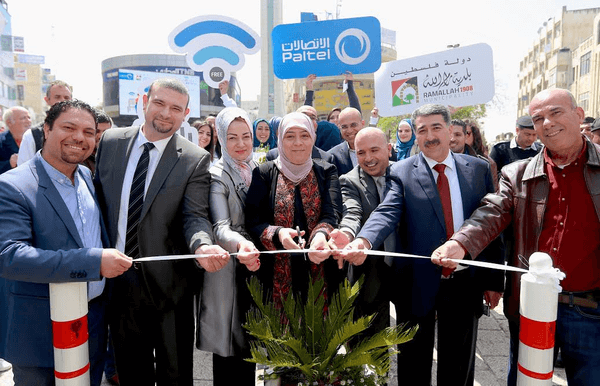
Ramallah, Palestine
Smart City, Freedom through Technology project
Ramallah is deploying smart technologies to engage with citizens and improve quality and accessibility of services.

